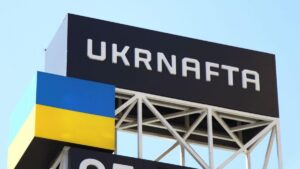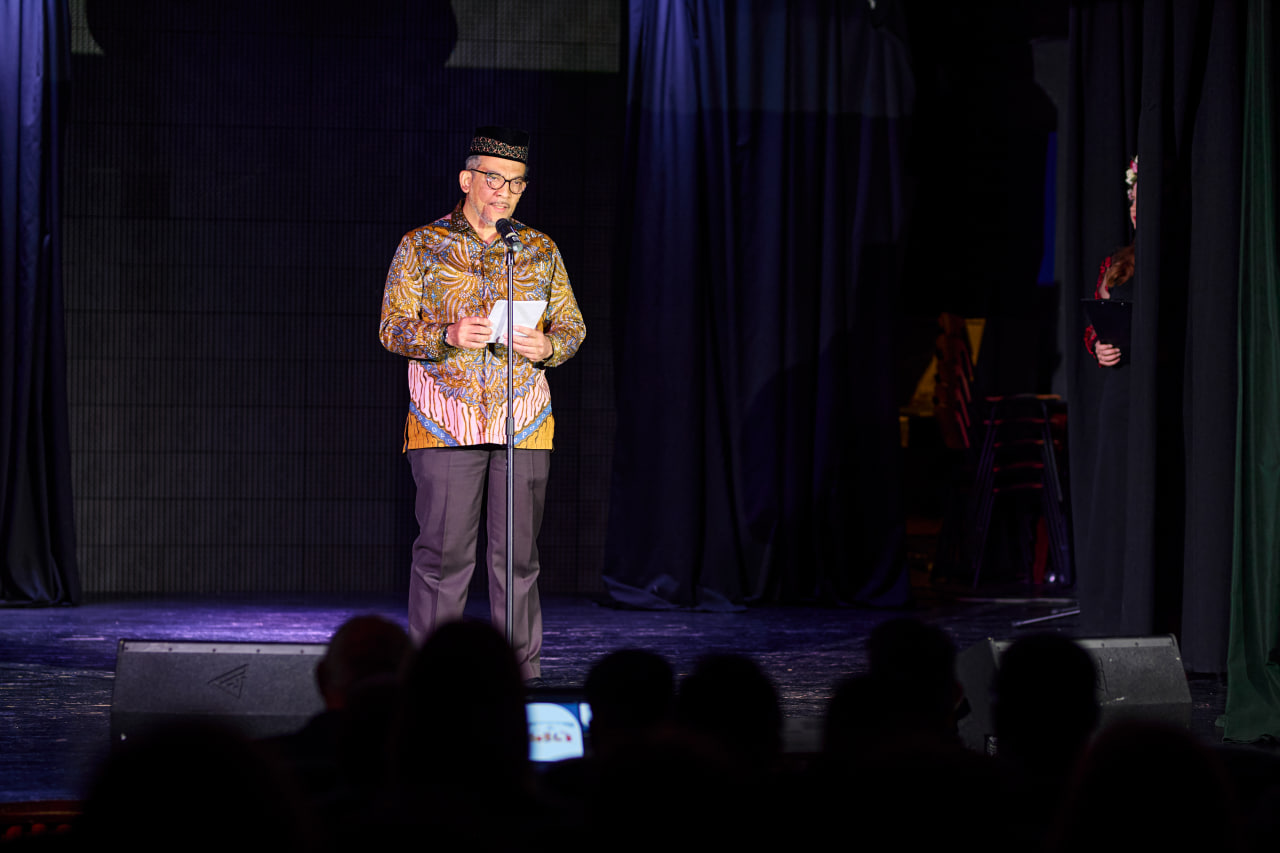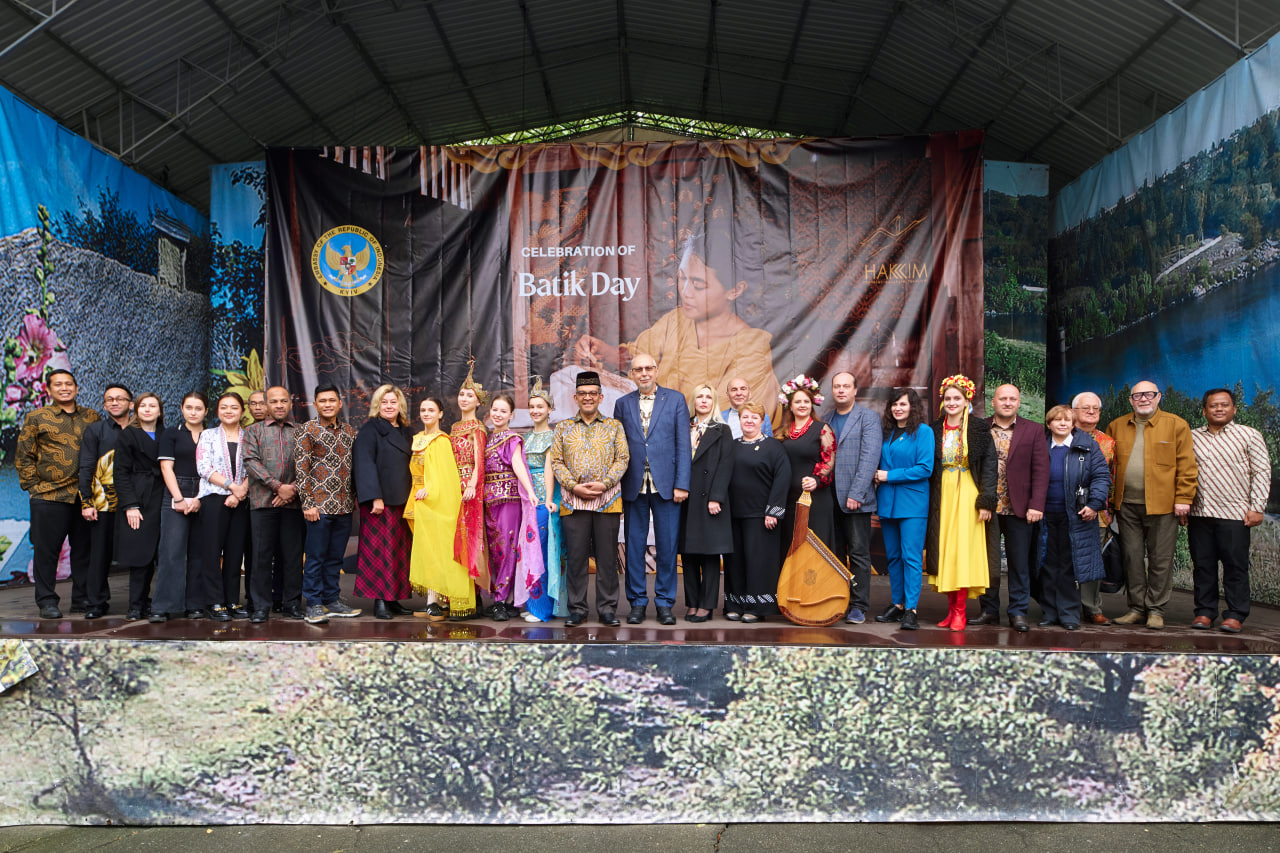
Ukrnafta announced which gas stations are operating without electricity and which gas stations have “unbreakable points.”
The enemy has once again intensified its attacks on the country’s energy infrastructure. The Chernihiv region has been hit the hardest, with 307,000 people left without power.
All UKRNAFTA gas stations—the largest single-brand network of gas stations in the country—continue to operate in the event of power outages. In total, there are 663 gas stations throughout Ukraine. There, you can always refuel your car with European-quality fuel.
Of these, 360 gas stations operate in “unbreakable point” mode. They are equipped with additional generators. There, people can warm up, drink hot tea or coffee, charge their phones, and access the internet.
“Massive attacks on energy infrastructure have led to power outages in a number of regions, including Chernihiv, Sumy, and others. The UKRNAFTA gas station network continues to operate even during power outages. We have provided backup power and conditions for visitors so that Ukrainians can refuel, warm up, and stay connected. Thank you to everyone who supports people and works even in the most difficult conditions,” said Yuriy Tkachuk, acting chairman of the board of JSC Ukrnafta.
JSC Ukrnafta is Ukraine’s largest oil producer and operator of the largest national network of gas stations, UKRNAFTA. In 2024, the company entered into asset management with Glusco. In 2025, it completed an agreement with Shell Overseas Investments BV to purchase the Shell network in Ukraine. In total, it operates 663 gas stations.
The company is implementing a comprehensive program to restore operations and upgrade the format of its network of gas stations. Since February 2023, it has been issuing its own fuel vouchers and NAFTAKarta cards, which are sold to legal entities and individuals through Ukrnafta-Postach LLC.
The largest shareholder of Ukrnafta is Naftogaz of Ukraine with a 50%+1 share.
In November 2022, the Supreme Commander-in-Chief of the Armed Forces of Ukraine decided to transfer the company’s corporate rights, which belonged to private owners, to the state, and it is now managed by the Ministry of Defense.
A complete list of addresses of “unbreakable” UKRNAFTA gas stations can be found at: https://www.ukrnafta.com/data/news/2025/Perelik_punktiv_nezlamnosti.pdf

The Embassy of the Republic of Indonesia in Ukraine, together with the National Academy of Culture and Arts Management (NAKAKIM), held a formal reception in Kyiv to mark National Batik Day, recognized by UNESCO as part of the intangible cultural heritage of humanity.
The event was attended by about 150 guests, including representatives of the diplomatic corps, government authorities, students, and the scientific community.
In his welcoming speech, Arif Muhammad Basalamah, Ambassador Extraordinary and Plenipotentiary of Indonesia to Ukraine, noted that batik is not just a fabric, but a cultural heritage that embodies the history, values, and identity of the Indonesian people.

“Batik is a story of harmony, creativity, and wisdom passed down through generations. By wearing batik, we carry within ourselves values and identity that have been nurtured for centuries,” the diplomat emphasized.
NAKKKiM Rector Valery Marchenko congratulated the Indonesian delegation and awarded the ambassador the title of Honorary Professor of the Academy, noting the importance of cultural exchange and further development of academic cooperation.
The program of the celebration included a presentation on batik, dance and vocal performances by students, as well as the performance of the national anthems of Indonesia and Ukraine on the Ukrainian bandura. An exhibition of batik and the tools used to create it was organized in the university lobby. The event concluded with a tasting of traditional Indonesian dishes—nasi goreng, mie goreng, bakwan, and kue lumpur.

Diplomatic relations between Ukraine and Indonesia were established on June 5, 1992. The Ukrainian Embassy in Jakarta opened in 1995, and the Indonesian Embassy in Kyiv began operating in 1994.
In recent years, the countries have also been developing cooperation in the fields of education, culture, and tourism. In 2024–2025, Indonesia signed two protocols on market access for Ukrainian products — peas and aquatic biological resources — which should stimulate further growth in trade in agricultural products.

In January-August 2025, DTEK Energy allocated UAH 4.9 billion to the development of coal enterprises, which made it possible to maintain production capacity and introduce modern technologies.
“To maintain an adequate level of coal production, the company continues to prepare new longwalls. Since the beginning of the year, 14 new longwalls have been put into operation, which makes it possible to maintain the necessary volume of fuel production for Ukraine’s thermal power generation,” the company said in a press release.
Since the start of the full-scale war, the company’s investments in supporting mines, repairing and modernizing equipment, and improving staff safety have totaled nearly UAH 23 billion.
“We continue to invest in the restoration of generating capacities and coal enterprises, because our main goal on the eve of the new heating season is to maintain the reliability of thermal power generation and the energy system as a whole,” said DTEK Energy CEO Alexander Fomenko.
DTEK Energy provides a closed cycle of electricity production from coal. As of January 2022, the installed capacity in thermal power generation was 13.3 GW. A complete production cycle has been created in coal mining: coal extraction and enrichment, machine building, and maintenance of mining equipment.
Age-sex pyramid of the population of Ukraine for 2024 (thousand people)

Source: Open4Business.com.ua

In September 2025, most dairy products rose in price in Ukraine amid limited domestic demand, according to the Association of Milk Producers (AMP).
The industry association noted that pasteurized milk with a fat content of up to 2.6% in film packaging costs an average of UAH 48.21/kg, which is UAH 2.75 (+6%) more than in the previous month, but UAH 8.89 (+23%) more than in the same period last year. This product in a plastic bottle costs UAH 65.42/kg, which is UAH 1.25 (+1.9%) more than in the previous month and UAH 12.50/kg (+24%) more than in the same period last year.
Kefir with a fat content of 2.5% in film costs an average of 56.74 UAH/kg, which is 97 kopecks (+2%) more than a month ago, but 9.53 UAH (+20%) more than last year. The cost of the product in a plastic bottle is currently 76.45 UAH/kg, which is 2.57 UAH (+3%) more than a month ago and 14.55 UAH (+25%) more than last year.
Sour cream with a fat content of 15% in cups costs an average of 187.22 UAH/kg, which is 0.93 UAH (+0.5%) more than last month, but 37.79 UAH/kg (+25%) more than last year.
The average price for drinking yogurt with a fat content of 1.6% to 2.8% in plastic bottles was 115.79 UAH/kg, which is 1.39 UAH (+1.2%) more than in the previous month, but 20.12 UAH (+21%) more than in the same period last year.
The average price of sour milk cheese with a fat content of 9% was UAH 293.44/kg, which is UAH 7.41 (+3%) more than in the previous month and UAH 64.38 (+28%) more than in the same period last year.
Domestic butter with a fat content of 72.5% to 73% costs an average of 586.64 UAH/kg, which is 7.58 UAH (+1.3%) more than in the previous month, but 123.36 UAH (+27%) more than last year.
Gouda cheese with a fat content of 45% from Ukrainian companies costs an average of 584.59 UAH/kg, which is 21.21 UAH (+4%) more than last month, but 95.38 UAH (+19%) more than last year.
“In Ukraine, in the second half of September, prices for most dairy products remain high, which may be due to food inflation. At the same time, domestic demand for dairy products is limited. There has been a decline in sales by retail chains and a decrease in demand for raw milk from milk processing enterprises,” explained Georgiy Kukhaleishvili, an analyst at the association.
He noted that imported cheeses, which are mainly imported into Ukraine from Poland, are more attractive in terms of price than products from domestic producers.
“With the suspension of milk exports to the EU, milk processing enterprises are working for stock, which, together with the decline in prices for exchange-traded goods on export markets, in particular butter, may put pressure on prices in the future. A certain revival of consumer demand for fresh dairy products is likely in winter,” the UDA concluded.